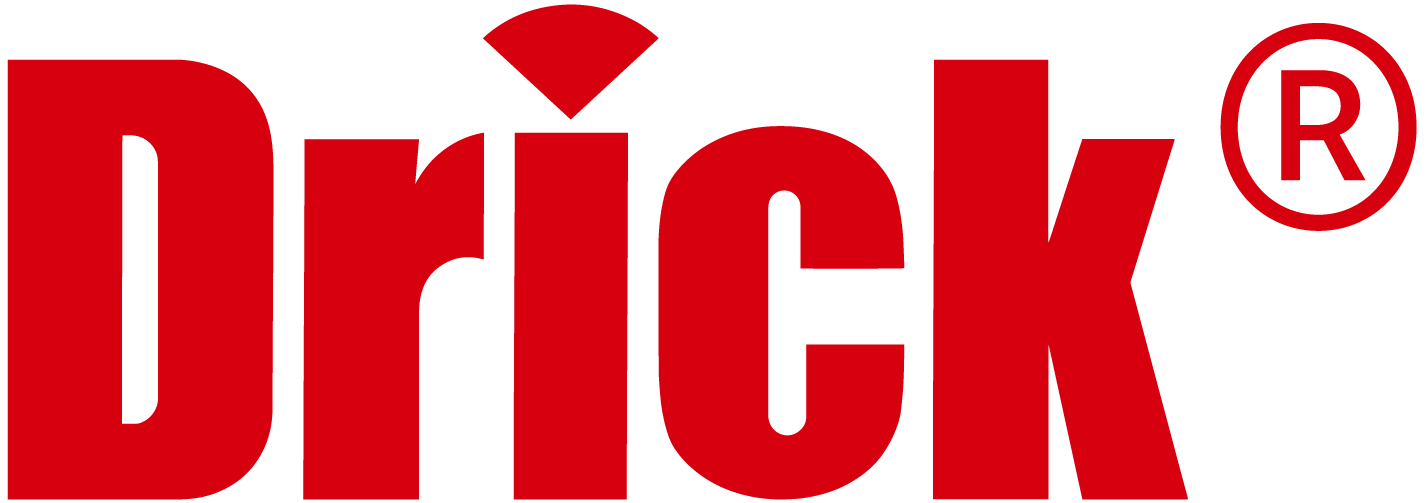According to the principle of Kjeldahl nitrogen determination, three steps are required for determination, namely digestion, distillation and titration.
Digestion: Heat nitrogen-containing organic compounds (proteins) together with concentrated sulfuric acid and catalysts (copper sulfate or Kjeldahl digestion tablets) to decompose the protein. The carbon and hydrogen are oxidized into carbon dioxide and water to escape, while the organic Nitrogen is converted to ammonia (NH3) and combined with sulfuric acid to form ammonium sulfate. (Ammonium NH4+)
Digestion process: heating with low heat to boil, the substance in the flask is carbonized and blackened, and a large amount of foam is produced. After the foam disappears, increase the firepower to maintain a slight boiling state. When the liquid becomes blue-green and clear, continue to heat for 05-1h, and cool after the end. (You can use the automatic digestion instrument to complete the pre-processing work)
Distillation: The obtained solution is diluted to a constant volume and then added with NaOH to release NH3 by distillation. After condensation, it is collected in a boric acid solution.
Distillation process: First, the digested sample is diluted, NaOH is added, and the ammonia gas generated after heating enters the condenser, and flows into the receiving bottle containing the boric acid solution after being condensed. Forms ammonium borate. (A mixed indicator is added to the boric acid solution. After the ammonium borate is formed, the absorbing solution changes from acidic to alkaline, and the color changes from purple to blue-green.)
Titration: Titrate with a hydrochloric acid standard solution of known concentration, calculate the nitrogen content according to the amount of hydrochloric acid consumed, and then multiply it by the corresponding conversion factor to obtain the protein content. (Titration refers to a method of quantitative analysis and also a chemical experiment operation. It uses the quantitative reaction of two solutions to determine the content of a certain solute. It indicates the end point of the titration according to the color change of the indicator, and then visually observes the consumption of the standard solution Volume, calculation and analysis results.)
Titration process: Drop the standard solution of hydrochloric acid into the ammonium borate solution to change the color of the solution from blue-green to light red.
DRK-K616 automatic Kjeldahl nitrogen analyzer is an automatic intelligent analyzer for nitrogen content determination based on the Kjeldahl method. It can be widely used in food processing, feed production, tobacco, animal husbandry, soil fertilizer, environmental monitoring, medicine, agriculture, scientific research, teaching, quality supervision and other fields for the analysis of nitrogen and protein in macro and semi-micro samples. It can also be used for ammonium salt, Detection of volatile fatty acids/alkali, etc. When using the Kjeldahl method to determine the sample, it needs to go through the three processes of digestion, distillation, and titration. Distillation and titration are the main measurement processes of the DRK-K616 Kjeldahl nitrogen analyzer. The DRK-K616 type Kjeldahl nitrogen analyzer is a fully automatic distillation and titration nitrogen measurement system designed according to the classic Kjeldahl nitrogen determination method; this instrument provides great convenience for laboratory testers in the process of determining nitrogen-protein. , And has the characteristics of safe and reliable use; simple operation and time-saving. The Chinese dialogue interface makes the user easy to operate, the interface is friendly, and the displayed information is rich, so that the user can quickly grasp the use of the instrument.
Post time: Feb-25-2022
